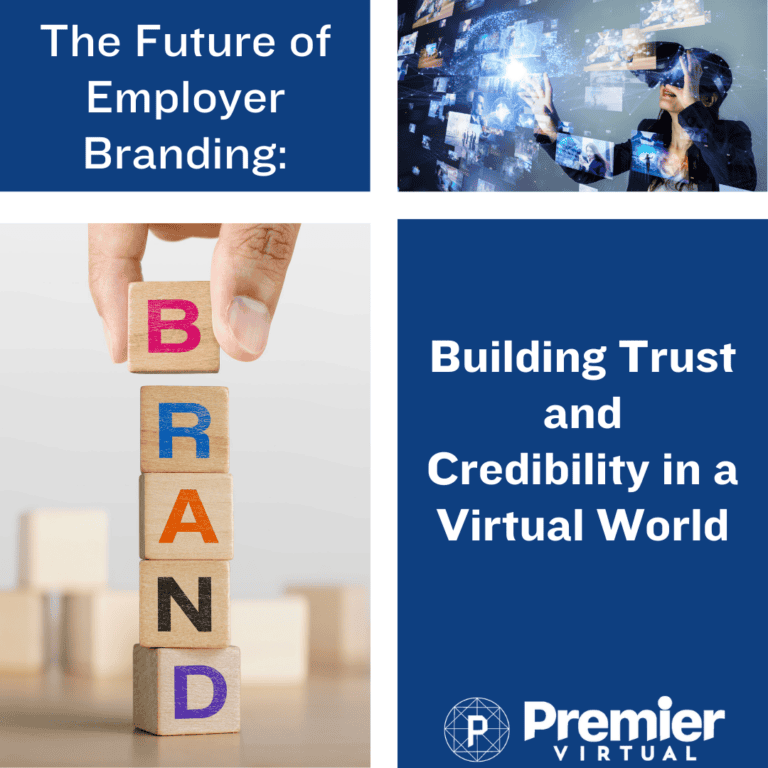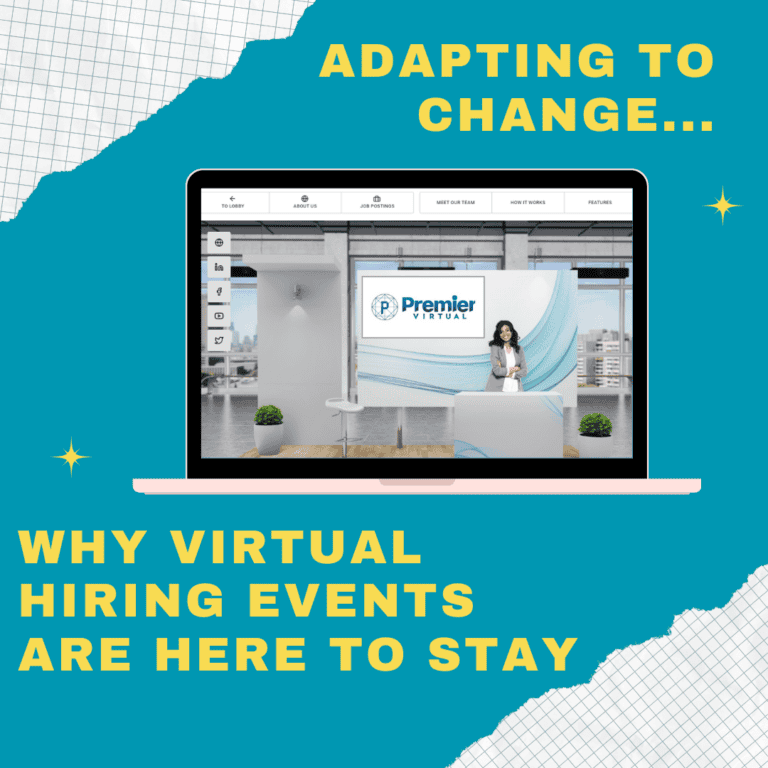Preparing for the Evolving Dynamics of Corporate Recruiting
Gary Chambers
on
July 23, 2024

In today’s digital age, social media is more than just a platform for personal connections and entertainment. It has evolved into a powerful tool for businesses, particularly in the realm of recruiting. Social recruiting leverages social media channels to attract, engage, and hire potential candidates. This approach not only broadens your reach but also enhances your talent pool with diverse and high-quality candidates. Here’s how you can effectively use social media to boost your recruitment efforts.
Understanding Social Recruiting
Social recruiting is the process of using social media platforms like LinkedIn, Facebook, Twitter, Instagram, and even TikTok to identify, attract, and hire talent. Unlike traditional recruitment methods, social recruiting allows you to tap into a wider audience, including passive candidates who might not be actively looking for a job but are open to new opportunities.
The Benefits of Social Recruiting
- Wider Reach: Social media has billions of active users worldwide. By leveraging these platforms, you can reach a broader audience compared to traditional job boards.
- Enhanced Employer Brand: Regularly sharing engaging content related to your company culture, values, and achievements helps in building a strong employer brand. This attracts candidates who resonate with your company’s mission and vision.
- Cost-Effective: Posting job openings on social media is often free or low-cost compared to traditional advertising methods. Even paid promotions on social platforms are typically more affordable and offer better targeting options.
- Engaging Passive Candidates: Social media allows you to connect with passive candidates who might not be actively searching for a job but are open to new opportunities if presented in an appealing way.
- Improved Candidate Quality: Social media platforms offer insights into candidates’ personalities, interests, and professional background, helping you make more informed hiring decisions.
How to Implement Social Recruiting
Define Your Goals and Strategy
- Identify what you want to achieve with social recruiting. Are you looking to fill specific roles, build a talent pipeline, or enhance your employer brand?
- Choose the right platforms based on where your target candidates are most active.
Build a Strong Online Presence
- Create and maintain company profiles on major social media platforms. Ensure they are regularly updated with engaging and relevant content.
- Showcase your company culture through photos, videos, employee testimonials, and behind-the-scenes content.
Leverage Employee Advocacy
- Encourage your employees to share job openings and company content on their personal social media accounts. This extends your reach and adds credibility to your job postings.
- Implement an employee referral program to incentivize current employees to refer potential candidates.
Engage with Your Audience
- Actively participate in conversations related to your industry. Join relevant groups and forums, comment on posts, and share valuable insights.
- Respond promptly to comments and messages on your social media posts. This shows that you are engaged and approachable.
Use Targeted Advertising
- Utilize the advanced targeting options available on social media platforms to reach specific demographics, industries, or locations.
- Invest in sponsored posts or job ads to increase visibility among potential candidates who meet your criteria.
Monitor and Analyze Performance
- Track the performance of your social recruiting efforts using analytics tools provided by social media platforms.
- Monitor metrics such as engagement rates, click-through rates, and the number of applications received through social media channels.
- Adjust your strategy based on the data to optimize your recruiting efforts continuously.
Best Practices for Social Recruiting
Consistency is Key
- Regularly update your social media profiles with fresh content. Consistent posting keeps your audience engaged and informed about your company’s activities.
Quality Over Quantity
- Focus on creating high-quality, engaging content that resonates with your audience. Avoid overwhelming your followers with too many posts.
Be Authentic
- Showcase the genuine culture of your company. Authentic content, such as employee stories and day-in-the-life posts, helps build trust with potential candidates.
Use Visual Content
- Visual content such as photos and videos are more engaging than text alone. Use visuals to highlight your workplace, team activities, and company events.
Stay Updated with Trends
- Social media trends evolve rapidly. Stay updated with the latest trends and adapt your strategy accordingly to remain relevant.
Case Studies of Successful Social Recruiting
Dell’s Social Media Recruitment Strategy
- Dell has a dedicated social media recruitment team that engages with potential candidates on various platforms. They use targeted campaigns to attract talent and showcase their company culture through engaging content. As a result, Dell has seen a significant increase in applications and has successfully filled numerous positions through social media.
Marriott’s Careers Instagram Account
- Marriott International leverages Instagram to give potential candidates a glimpse into their company culture. They post photos and videos of employees, company events, and behind-the-scenes content. This strategy has helped Marriott build a strong employer brand and attract quality candidates.
Adobe’s Employee Advocacy Program
- Adobe encourages its employees to share job openings and company content on their personal social media accounts. This employee advocacy program has expanded Adobe’s reach and improved the quality of candidates applying for positions.
Tools to Enhance Your Social Recruiting Efforts
Hootsuite
- Hootsuite is a social media management tool that allows you to schedule posts, monitor engagement, and analyze performance across multiple platforms. It helps streamline your social recruiting efforts and ensures consistency.
LinkedIn Recruiter
- LinkedIn Recruiter is a powerful tool for finding and engaging with potential candidates on LinkedIn. It offers advanced search filters, personalized messaging, and analytics to help you find the right talent.
Buffer
- Buffer is another social media management tool that helps you schedule posts, track performance, and engage with your audience. It also offers a browser extension to easily share content from the web.
Canva
- Canva is a graphic design tool that allows you to create visually appealing content for your social media profiles. It offers a wide range of templates and design elements to help you create professional-looking posts.
Google Analytics
- Google Analytics provides insights into the traffic and engagement on your website, including visitors from social media channels. This data helps you understand the effectiveness of your social recruiting efforts and make data-driven decisions.
Conclusion
Social recruiting is an essential strategy for modern businesses looking to enhance their talent pool. By leveraging social media platforms, you can reach a wider audience, build a strong employer brand, and attract high-quality candidates. Implementing a well-defined social recruiting strategy, engaging with your audience, and using the right tools can significantly improve your recruitment efforts. Stay updated with the latest trends and continuously analyze your performance to ensure long-term success in social recruiting.
Call to Action
Start leveraging social media to enhance your talent pool today. Create engaging content, connect with potential candidates, and build a strong employer brand. The digital landscape is constantly evolving, and staying ahead of the curve in social recruiting will give you a competitive edge in attracting the best talent.









